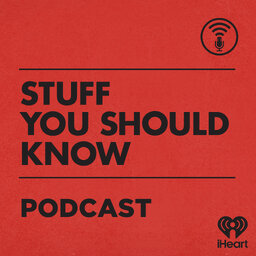SYSK Selects: How Igloos Work
Igloos were traditionally used by Inuit Indians as temporary shelter while on hunting and fishing trips. In this episode, Josh and Chuck look at the design of igloos, from their impressive heat-catching properties to their ingenious construction.
Learn more about your ad-choices at https://www.iheartpodcastnetwork.com
 Stuff You Should Know
Stuff You Should Know


